I've got a project of a DIY microcomputer used for control and measurement purposes, which gets mains power via a Meanwell IRM-10 "AC/DC converter" mounted on one of the PCBs, which are then attached to a backplane and mounted in an aluminium case.
The PCB is designed for an IRM-10 (PS2) and a non-polarised 2-pin AC power jack (J3), so the PE pin is omitted. Now the datasheet of the IRM tells that it's a Class 2 module and therefore does not require a PE pin. But: Even if the 230 Vac come in through J4 and "only" run to the L and N pins of PS2, is there still a connection from the computer's housing to PE necessary?
Note: I live in Europe where regulations regarding electrical safety are somewhat stricter than in the U.S.
